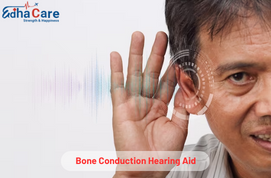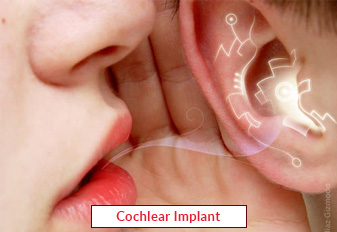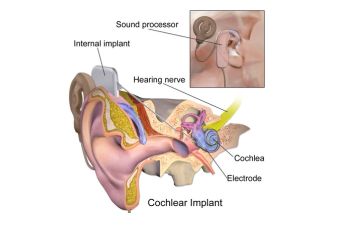Bone Conduction Hearing Aid

Bone conduction hearing aids or hearing systems, also known as osseointegrated or bone-anchored devices, are an innovative technology approved by the Food and Drug Administration (FDA) to treat some specific types of hearing loss. There are surgical and non-surgical options for bone conduction hearing systems. These aids can be used for one or both ears, and they can be used along with a traditional hearing aid on the opposite ear, if necessary.
Book an AppointmentAbout Bone Conduction Hearing Aid
Bone conduction hearing aid surgery is used in candidates who have conductive hearing loss, one-sided, profound, sensorineural hearing loss, or mixed hearing loss, meaning it is both conductive and sensorineural. The patients can wear bone conduction hearing aid headband or can directly attach it to the skin with adhesive. A bone-conduction hearing device comprises two components- an external processor and a surgically implanted fixture. There are two types of bone conduction implants: one with a fixture protruding through the skin for processor attachment, and another fully implanted under the skin, utilizing a magnet inside the processor for attachment.
Procedure of Bone Conduction Hearing Aid
The procedure for wearing bone conduction hearing aids is different for nonsurgical and surgical methods.
Nonsurgical devices can be affixed to the skin directly with glue or worn on a headband. This is the ideal option for individuals with modest hearing loss or those who are unable to have surgery, or for children who are not old enough for the surgical operation.
The internal component of surgical devices is positioned into the bone behind your ear and beneath the skin. In the percutaneous approach, the external processor is attached to a titanium post that protrudes through the skin. In the transcutaneous alternative, magnets that pass through your skin connect the internal component to the external processor.
There is no upper age limit for bone conduction, but children must be at least five years old (or 12 years old for specific device types) to undergo the surgery.
Require Assistance?
Get A Quick Callback From Our Healthcare Experts






